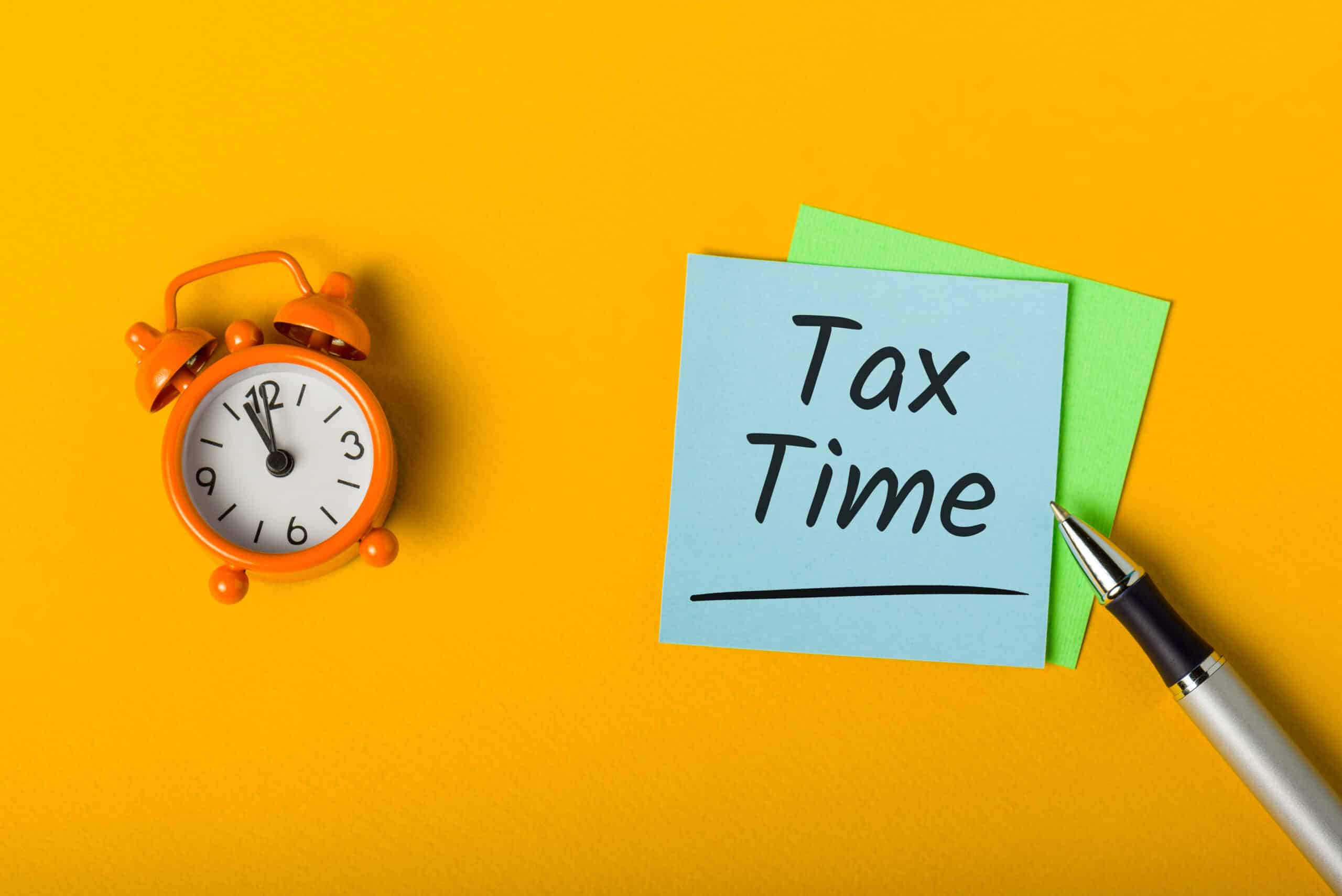May 7, 2020

Student loan forbearance is a loan repayment option. Borrowers having difficulty making their regularly scheduled loan payments can utilize forbearance. Forbearance generally allows the borrower to reduce payment amounts and suspend payments until a future date.
Financial difficulty can prompt a borrower to request forbearance. Most commonly, this is a result of a loss of employment or a decrease in income.
Important Points About Forbearance:
1. When a loan goes into forbearance, any accrued and unpaid interest may be capitalized and added to the total outstanding loan balance.
Interest may continue to accrue. With suspended payments, the loan balance will continue to increase. Thus, forbearance does not make the loan nonexistent. Forbearance temporarily relieves people from having to make regular payments. The loan will resume normal repayment at a future date. Accrued interest will be capitalized after the forbearance period ends. This can increase the monthly payment amount due and the total cost of loan repayment once normal payments resume.
2. Forbearance is provided as an alternative to regular monthly payments.
A borrower may be able to make a partial payment on their loan each month, lower than the minimum payment. For example, a borrower may be responsible for a $400 monthly payment. But, if they can only afford $100, making a $100 payment is better than making no payment. The terms will specify if you can make a partial payment or no payment on your loans.
3. Under forbearance, a lender agrees to halt required loan payments for a specific amount of time.
Typically, a single forbearance request can extend up to 6 months. It also has the option to reapply and extend forbearance further. Confirm your forbearance time frame with your lender.
4. Can forbearance affect my credit score?
Forbearance is a better alternative to missing payments. Additionally, forbearance is not recorded as a missed payment. Therefore, it does not negatively impact your credit score. However, a loan in forbearance will generally continue to grow. This is because it accumulates interest over time and can have an impact on an individual’s debt-to-income ratio.
5. What should I do to apply?
Every lender may have different application requirements. Applications may ask for employment history, alternative income sources, or living expenses. Formal review required full completion. Note that a request takes several business days to process.
6. Avoid the last minute, but late is better than never.
A request should be submitted well in advance of an upcoming payment. In some cases, a forbearance request may be activated retroactively. A borrower with missed payments should submit a request to allow the lender to update their repayment status.
7. Forbearance is basically a short- term cash flow solution for borrowers under financial distress.
To help the borrower get back on their feet, temporary relief is offered.
Please note that the information provided on this website is provided on a general basis and may not apply to your own specific individual needs, goals, financial position, experience, etc. LendKey does not guarantee that the information provided on any third-party website that LendKey offers a hyperlink to is up-to-date and accurate at the time you access it, and LendKey does not guarantee that information provided on such external websites (and this website) is best-suited for your particular circumstances. Therefore, you may want to consult with an expert (financial adviser, school financial aid office, etc.) before making financial decisions that may be discussed on this website.



